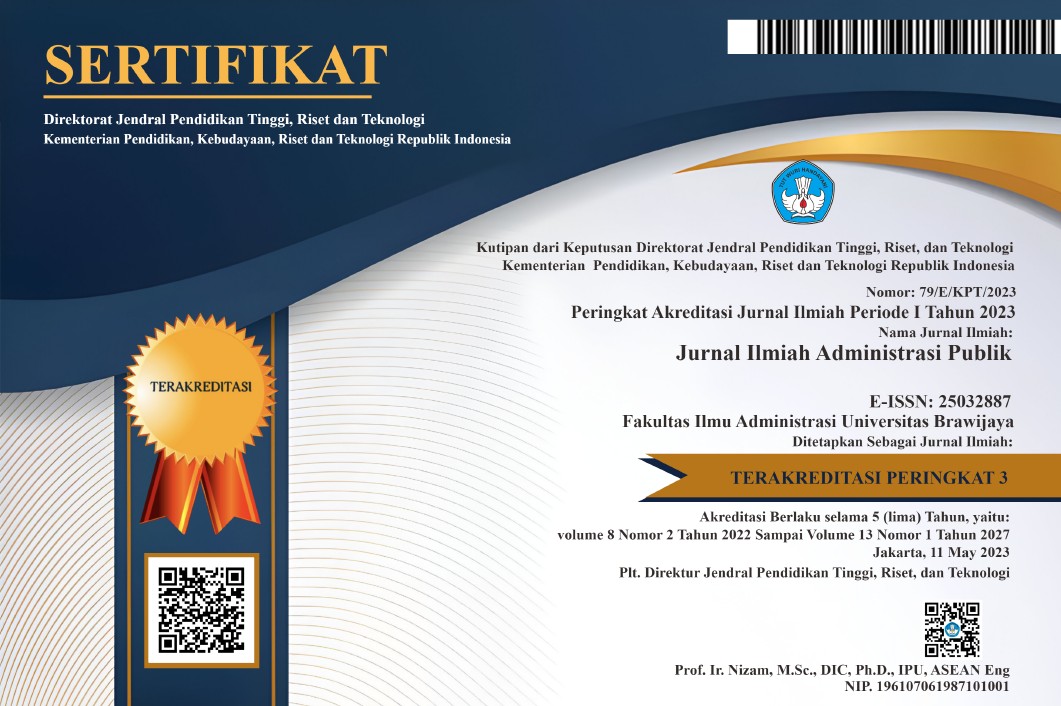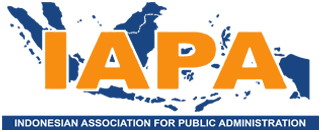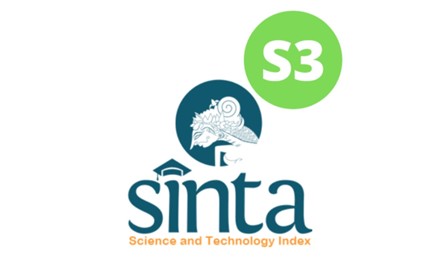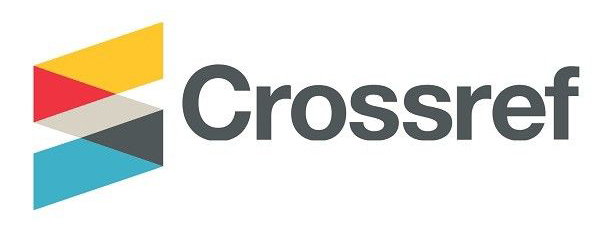Development of National Roads in Indonesia During the Democratic Period: The Strategies and Reality
DOI:
https://doi.org/10.21776/ub.jiap.2018.004.04.1Keywords:
Infrastructure development, national road, Yudhoyono regime, Jokowi regimeAbstract
This study aims to examine the difference between Susilo Bambang Yudhoyono’s (known as SBY) administration and Joko Widodo’s (known as Jokowi) administration in managing the national road in Indonesia. A qualitative approach has been conducted by using primary and secondary data during 2005–2017. The result of this study has found that the pace of road development under the SBY presidency was relatively slower than the Jokowi presidency. The former focused more on the improvement of the quality of roads. Meanwhile, the Jokowi presidency focused more on constructing the new road network.References
Bappenas. (2015). Rencana Pembangunan Jangka Menengah Nasional 2005-2009 [National Medium-Term Development Plan 2005-2009]. Available at https://www.bappenas.go.id/id/data-dan-informasi-utama/publikasi/rencana-pembangunan-dan-rencana-kerja-pemerintah/ [Accessed on 20 May 2017].
Crescenzi, R., Di Cataldo, M., & RodrÃguez-Pose, A. (2016). Government quality and the economic returns of transport infrastructure investment in European regions. Journal of Regional Science, Vol. 56(4), pp.555–82.
Collier, P., Kirchberger, M., & Söderbom, M. (2016). The Cost of Road Infrastructure In Low- And Middle-Income Countries. World Bank Economic Review, Vol. 30(3), pp.522–48.
Damuri, Y. R. (2017). Infrastructure in Indonesian Economic Development: Potentials & Issues. Japan SPOTLIGHT, (November/ December), pp.16–19.
DGH (Directorate General of Highways). (2004). Laporan Akuntabilitas Instansi Pemerintahan Direktorat Jenderal Bina Marga Tahun 2004 (Performance Report of Directorate General of Highways, Year of 2004). Available at https://pu.go.id/article/33/informasi-anggaran-kementerian-pupr [Accessed on 10 January 2018].
DGH (Directorate General of Highways). (2014). Laporan Akuntabilitas Instansi Pemerintahan Direktorat Jenderal Bina Marga Tahun 2014 (Performance Report of Directorate General of Highways, Year of 2014). Available at https://pu.go.id/article/33/informasi-anggaran-kementerian-pupr [Accessed on 15 January 2018].
Directorate General of Highways. (2017). Laporan Akuntabilitas Instansi Pemerintahan Direktorat Jenderal Bina Marga Tahun 2017 (Performance Report of Directorate General of Highways, Year of 2017). Available at https://pu.go.id/article/33/informasi-anggaran-kementerian-pupr [Accessed on 15 January 2018].
Edmonds, C., & Fujimura, M. (2008). Road Infrastructure And Regional Economic Integration: Evidence From The Mekong (Infrastructure and Trade in Asia- Edited by Douglas H. Brooks and Jayant Menon).UK: Edward Elgar Publishing Limited.
Fujimura, M., & Edmonds, C. (2006). Impact of Cross-Border Transport Infrastructure on Trade and Investment in The GMS. ADBI Working Paper (Discussion Paper No. 48), Tokyo: Asian Development Bank Institute.
Gertler, P. J., Gonzalez-Navarro, M., Gracner, T., & Rothenberg, A. D. (2014). The Role of Road Quality Investments on Economic Activity and Welfare: Evidence From Indonesia’s Highways. Available at http://sites.bu.edu/neudc/files/2014/10/paper_250.pdf [Accessed on 9 February 2018].
Gibbons, S., Lyytik, T., Overman, H., & Sanchis-Guarner, R. (2017). New Road Infrastructure: The Effects on Firms. Available at http://eprints.lse.ac.uk/83637/1/sercdp0214.pdf [Accessed on 9 February 2018].
Hamid, H. S. (2013). Decentralization and Public Service Delivery in Indonesia: The Case of Road Infrastructure. Thesis, Central European University, Budapest.
Hartoyo, S. (2013). The Impact of Rural Road Rehabilitation on Rice Productivity and Farmers Income in Kemang Village, Cianjur, West Java, Indonesia. Journal of the International Society for Southeast Asian Agricultural Sciences, Vol. 19(2), pp.18–29.
Hong, J., Chu, Z., & Wang, Q. (2011). Transport Infrastructure and Regional Economic Growth: Evidence From China. Transportation, Vol. 38(5), pp.737–52.
Kannan, R., & Morris, N. (2014). Delivering Indonesia’s Infrastructure More Effectively With Real Powers. Public Infrastructure Bulletin, Vol. 1(9), pp.7-15.
Leung, K. H. (2016). Indonesia’s summary transport assessment. ADB Papers on Indonesia, 15. Available at https://www.adb.org/sites/default/files/publication/217196/ino-paper-15-2016.pdf [Accessed on 15 January 2018].
McCawley, P. (2015). Infrastructure Policy in Indonesia, 1965–2015: A Survey. Bulletin of Indonesian Economic Studies, Vol. 51(2), pp.263–85.
Menon, J., & Warr, P. (2008). Roads and Poverty: A General Equilibrium Analysis for Lao PDR. (Infrastructure and Trade in Asia- Edited by Douglas H. Brooks and Jayant Menon). UK: Edward Elgar Publishing Limited.
Ray, D., & Ing, L. Y. (2016). Addressing Indonesia’s Infrastructure Deficit. Bulletin of Indonesian Economic Studies, Vol. 52(1), pp.1–25.
Rothenberg, A. D. (2011). Transport Infrastructure and Firm Location Choice in Equilibrium: Evidence from Indonesia’s Highways. Available at http://ceg.berkeley.edu/students_29_681674267.pdf [Accessed on 11 February 2018].
Sandee, H. (2016). Improving Connectivity in Indonesia: The Challenges of Better Infrastructure, Better Regulations, and Better Coordination. Asian Economic Policy Review, Vol. 11(2), pp.222–38.
Stone, S., Strutt, A., & Hertel, T. (2010). Assessing Socioeconomic Impacts of Transport Infrastructure Projects in the Greater Mekong Sub-region. ADBI Working Paper Series Assessing. Tokyo: Asian Development Bank Institute.
Thiede, B., & Gray, C. (2016). Road Development and Population Mobility in Indonesia. Available at https://pdfs.semanticscholar.org/5d52/1ea29cc8fcd67125d2e8dbfda974fab00f7a.pdf [Accessed on 11 February 2018].
World Bank. (2004). Averting an Infrastructure Crisis: A Framework for Policy and Action. Washington DC: World Bank.
World Bank. (2012). Investing in Indonesia’s Roads: Improving Efficiency and Closing The Financing Gap (Road Sector Public Expenditure Review 2012). Available at http://documents.worldbank.org/curated/en/366991468269399430/pdf/733030WP0Indon00disclosed0100180120.pdf [Accessed on 1 February 2018].
Younger, J. S. (2013). Development of Road Infrastructure in Indonesia. Proceedings of The Institution of Civil Engineers-Municipal Engineer, Vol. 166, Issue 3 (September), pp.167–74.
Downloads
Published
Issue
Section
License
If your paper is accepted, the author identified as the formal corresponding author for the paper will receive an email prompting them to login into Author Services; where via the JIAP Author Licensing Service they will be able to complete the license agreement on behalf of all authors on the paper.














